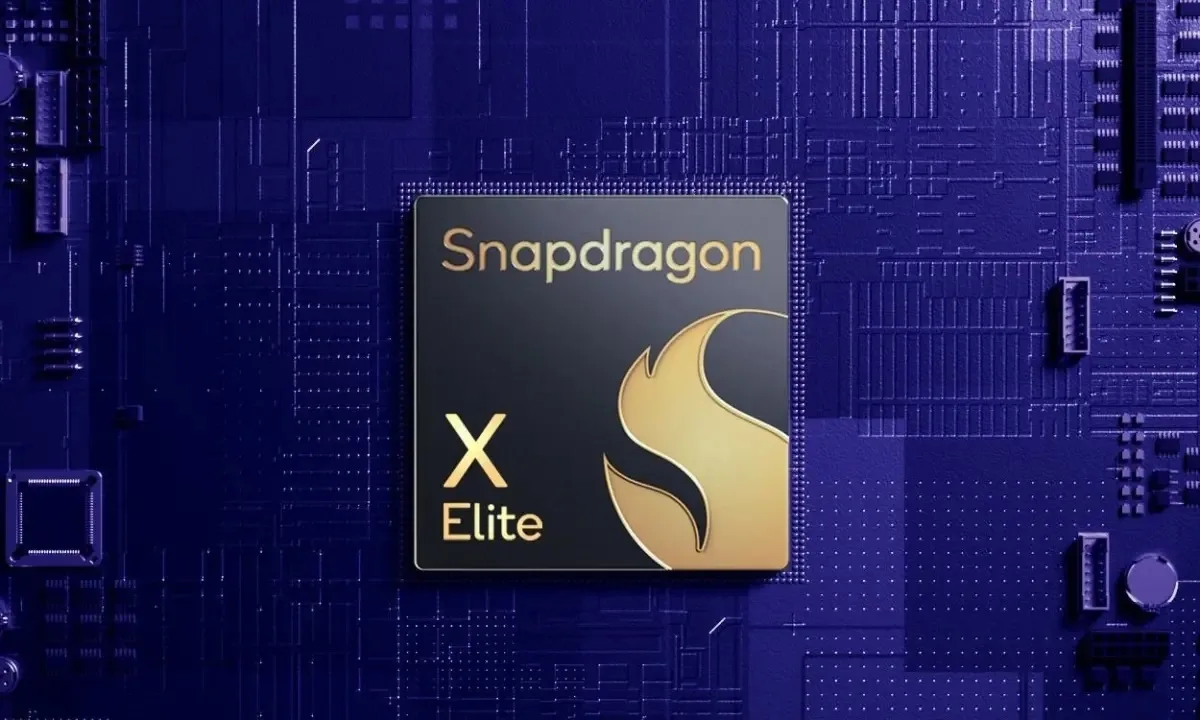
In October last year, Qualcomm unveiled the Snapdragon X Elite chipset for Windows PCs, demonstrating internal Geekbench scores to highlight its superiority over Apple’s latest M3 chipsets. New Geekbench benchmark scores for the Snapdragon X Elite (model “Qualcomm ZH-WXX“) have recently surfaced online. But do these scores convey a similar narrative?
The latest scores suggest that the X Elite falls between the Apple M2 and M3 in performance. However, there are additional factors to consider, as this version of the Snapdragon X Elite incorporates two CPU clusters, presumably operating at the 23W version of SDXElite.
New Snapdragon X Elite Geekbench Scores Emerge
Upon Qualcomm’s announcement of the Snapdragon X Elite, the company initially claimed that the chipset featured 12 high-performance cores and lacked any efficiency cores. However, recent revelations from a Geekbench listing indicate otherwise, showing that the chipset comprises 12 cores organized into two clusters: one with 8 cores and another with 4 cores.

Additionally, there are two distinct types of listings observed, one indicating a 3.4GHz base frequency and the other showing a 4.01GHz base frequency. This suggests that the reported scores are probably from devices tested on the 23W version of the X Elite. According to Qualcomm, the 23W version of the SDXElite has a base frequency of 3.4GHz, with a boost mode that can reach up to 4.0GHz. In contrast, the 80W version begins at 3.8GHz and can boost up to 4.3GHz.
It’s likely that the benchmark score is from a 23W version of the chipset, which features two CPU clusters (8P + 4E). The listing indicates it’s running on Windows 11 Insider Preview with 32GB of RAM. Perhaps, the 80W version may come with a single cluster with 12 high-performance cores.
However, when comparing the Snapdragon X Elite (23W) with Apple’s equivalent chipset, the M3 Pro with 12 CPU cores (6P + 6E), Apple takes the lead in this benchmark test. The Snapdragon X Elite achieved a score of 2,574 in the single-core test and 12,562 in the multi-core test.

However, when compared to Apple’s older M2 Pro chip with 12 CPU cores, the Snapdragon X Elite comes close to matching its performance. It’s possible that the 80W version of the X Elite could compete with Apple’s M3 chipset and surpass the 3,000 mark in the single-core test.
It’s important to note that OEMs may be running various SKUs of the chipset to test performance under different conditions, so these results should be taken with a pinch of salt.
Windows laptops equipped with Qualcomm’s latest chipset are expected to debut on the market around June 2024. Once these commercial devices become available, we’ll conduct thorough testing to provide a definitive assessment. Meanwhile, what do you think about the performance of the Snapdragon X Elite compared to Apple’s offerings?




